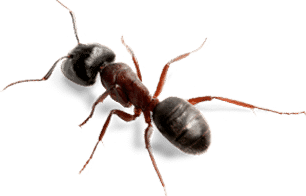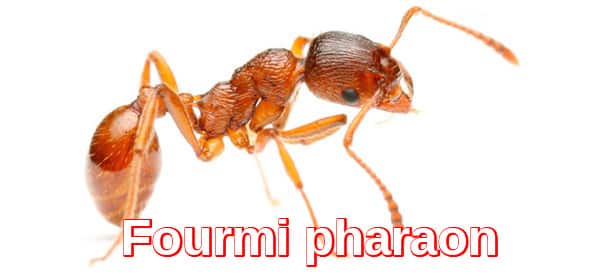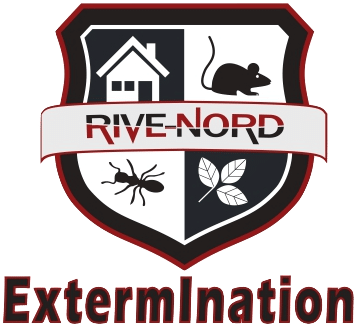Ant extermination
Ant Extermination
Exterminating ants can be difficult, but there are some things you need to know. Here is the behavior of ants that can cause major headaches for you and your home:
Entry
Smell trails
Nest locations
Ant colony size
Ant colony life
A colony of ant can live a relatively long life. Worker ants can live for seven years and the queen can live for up to 15 years.
DIY
Life cycle of ants
The life cycle of ants has four distinct and very different life stages: eggs, larvae, pupae and adults. This is known as a complete makeover. It usually takes several weeks to several months to complete the life cycle, depending on the ant species and environmental factors.

Eggs
A female ant that successfully mates with a male ant will become a queen ant that lays eggs. Fertile queens choose a sheltered place to start a nest (colony) and lay eggs there. Ant eggs are very small – only about half a millimeter in diameter. The eggs are also oval, white and transparent.
Larvae
Pupae
Once the larvae molt and shed their skin, they transform into the pupal stage. Pupae look a bit like adults except that their legs and antennae are bent and pressed against the pupa’s body. Initially, ant pupae are usually white, but slowly darken as they age. Depending on ant species, pupae can be housed in a protective cocoon.
Adult
Pavement ants in Montreal and elsewhere
The pavement ants are generally found throughout Montreal and are light brown to black with lighter appendages than the rest of the body. They are about 2.5 to 3 mm long, with parallel lines on the head and thorax. They have 12-segment antennae with a three-segment club.
Here is a bit more information about their behaviors, diet and habits:
Behavior
Reproduction
Diet
Signs of a pavement ant infestation
Worker ants are the most likely sign, but other indicators can be small piles of excavated material or even swarms. Ant nests are difficult to locate, so the most effective way to manage an infestation is to contact a pest control professional to completely exterminate the pavement ant.
Extermination of pharaoh ants in Quebec
Pharaoh ants are another common species of ant, many of which can be found in and around Quebec. Pharaoh ants are very small – about 2mm long. They have light yellow bodies with red and black markings on the abdomen. Take a look at the following for more information on pharaoh ant extermination:

Habit
Reproduction of these ants
Diet
Carpenter ants in the Laurentians
Carpenter ants are a destructive pest widespread in the Laurentians.
In fact, carpenter ants are one of the most valuable insects we have on earth. They chew up tons of wood and turn it into fine sawdust that rots and provides compost for new growth. However, because they penetrate man-made structures, they are also considered one of the most destructive common pests we have in Canada.
Most species of carpenter ants establish their initial nest in rotting wood. But, once in place, the ants extend their tunnel into sound wood and can do considerable damage to a structure. These species usually nest in standing trees (living or dead), in stumps or in tree trunks on the forest floor.
As many houses are built in wooded areas, well-established and vigorous colonies are readily available in the immediate vicinity to attack these dwellings. This is especially true when the homeowner insists that the home be built with minimal tree setback.
The importance of a pest control professional in getting rid of carpenter ants
Many pest control professionals consider carpenter ants to be the most difficult pest to deal with in the industry. With all the training and experience they have, there are homes that take a long time and a number of treatments to completely eradicate these destructive insects.</p > Many homeowners call a professional ant exterminator from Rive-Nord Extermination after they failed to solve the problem themselves. This situation is usually more difficult to deal with because the owner has been spraying pesticides randomly, killing obvious evidence and scattering satellite nests. Of course, this also increases the cost.
If you are not prepared to spend hours in your attic and crawl space wearing a respirator, rubber gloves, coveralls and a hat, then it would be wise to call a professional to do the job properly!

